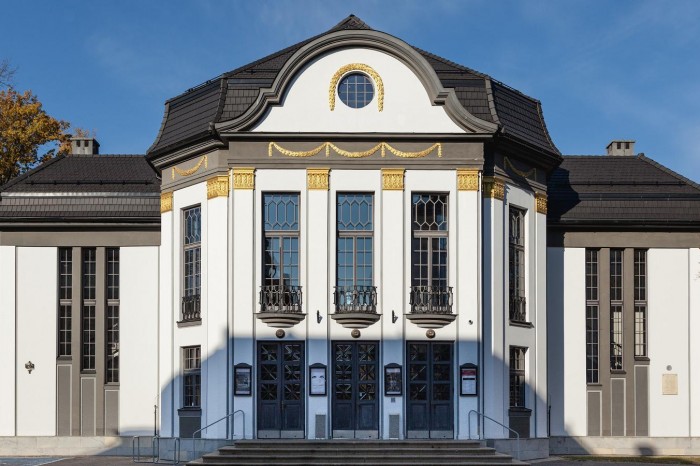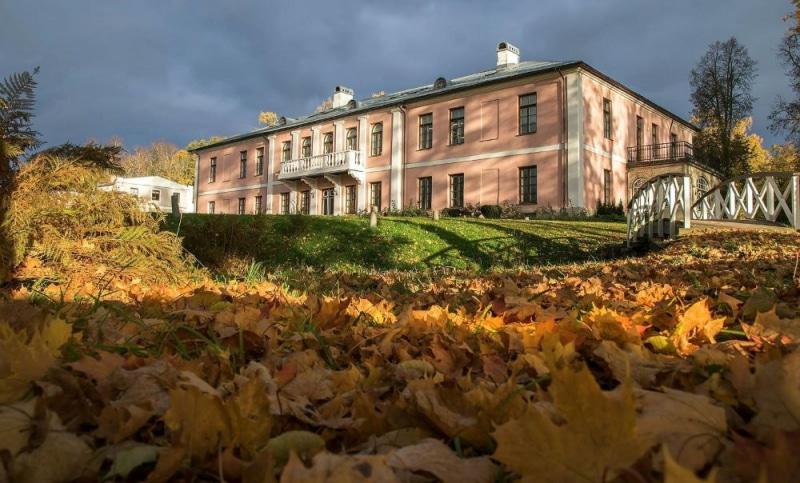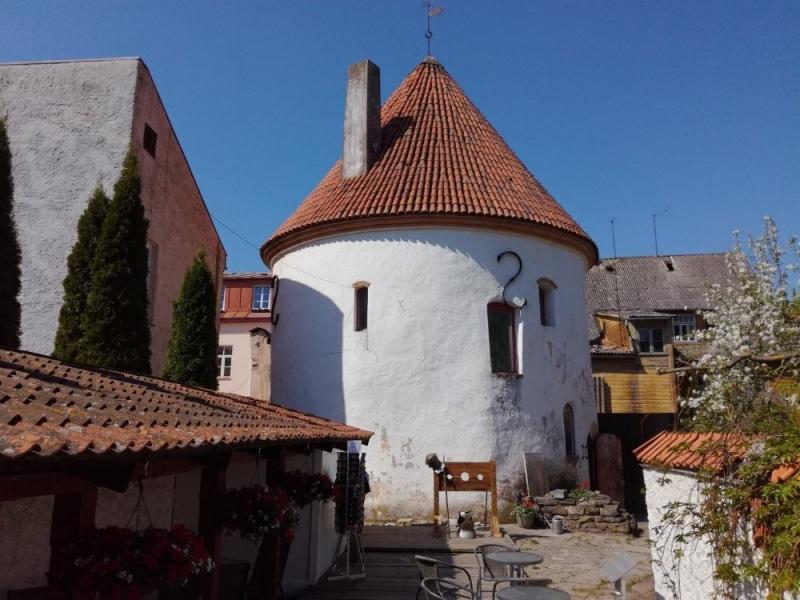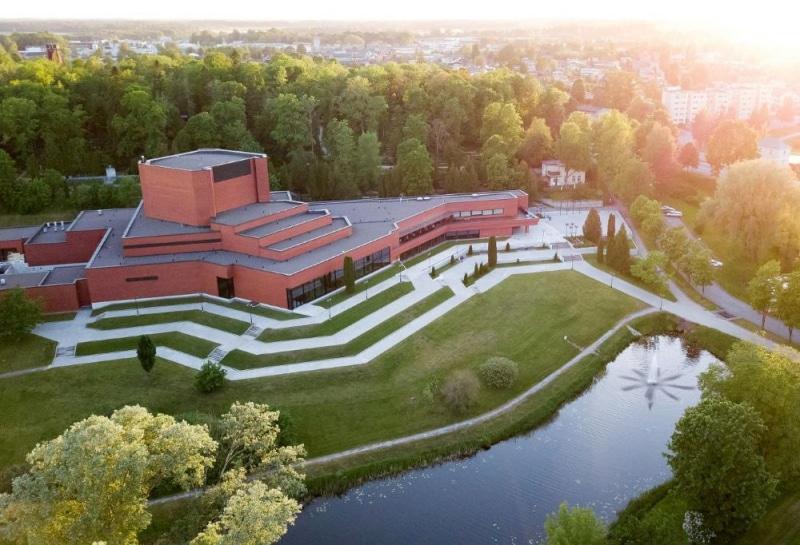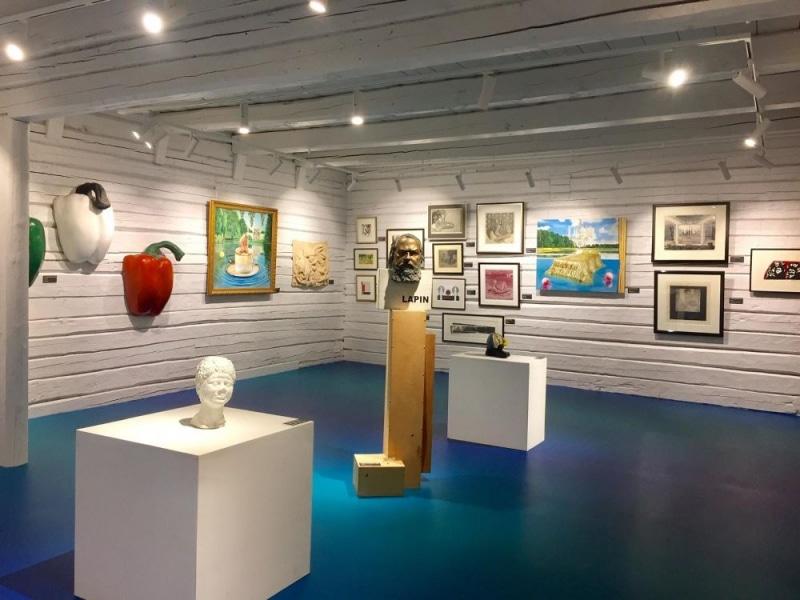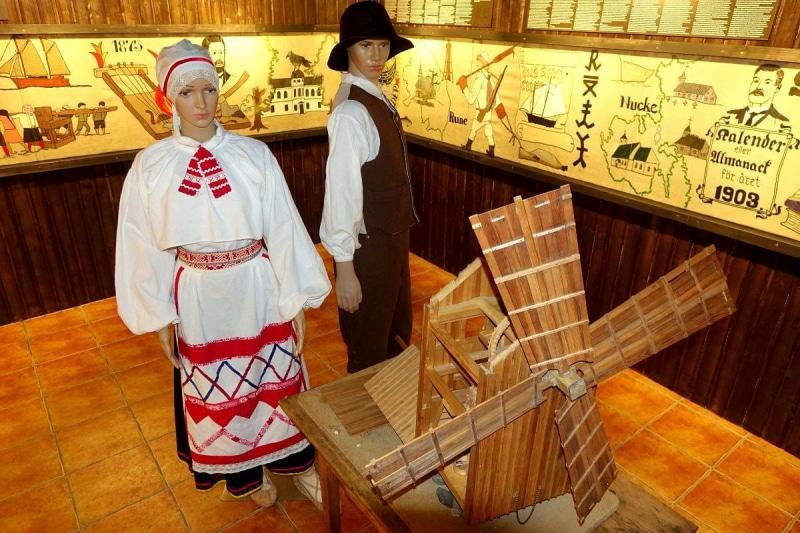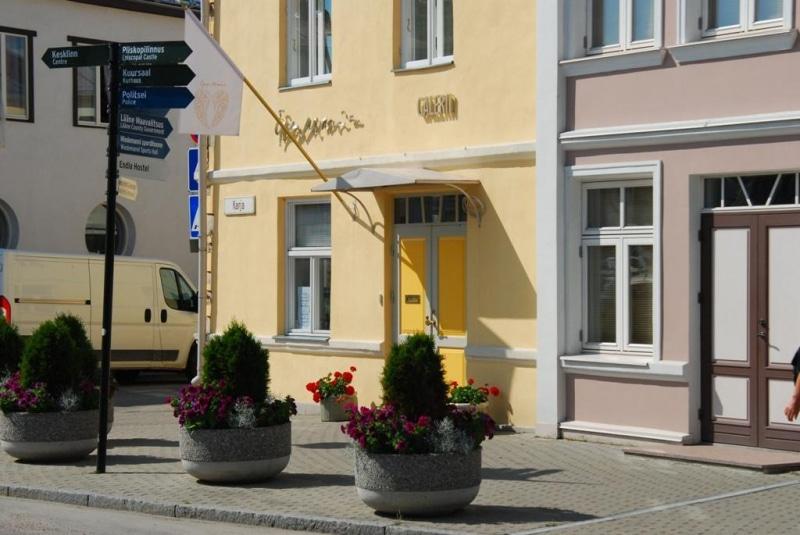ArtandCulture, Estonia
Removed from Unnamed collection
Tammsaare Park
Tammsaare Park is located in the centre of Tallinn, between the Estonia Theatre and Viru Keskus shopping centre. In 1896, one corner of the park became the new site of Tallinn’s market, which was formerly located on Town Hall Square. From 1903–1905, the park was home to a giant wooden ‘Interimstheater’ – a barn-type hall that was a venue for theatre performances and cinema screenings. When this building burnt down, space was landscaped and pathways were constructed.
In 1978, a statue of A. H. Tammsaare was erected in the centre of the park to mark the Estonian author’s 100th birthday.
Tammsaare Park has modern lighting, white park furniture, and thousands of flower bulbs. https://www.visitestonia.com/en/tammsaare-park
Map
Removed from Unnamed collection
Small House of the Tartu Vanemuine Theatre
The art nouveau Small House of the Vanemuine Theatre was built from 1914 to 1918 (architect A Eichhorn). The decision to build a new, modern theatre building was made after the building of the summer theatre of the German Society of Artisans that used to be located in this spot perished in a fire. http://www.visittartu.com/en/small-house-of-the-tartu-vanemuine-theatre-former-german-theatre/
Map
Removed from Unnamed collection
Narva Museum
Narva Museum today – it is the Narva stronghold, the Northern Courtyard, and the Art Gallery. These are more than architectural monuments, as the castle and the gallery also have exhibition halls.
The exhibition of Narva castle talks about the history of Narva from the 13th century until the beginning of the 20th century. In 1991, the Art Gallery was opened. This allowed the museum to host Estonian and foreign art exhibitions in addition to displaying its own art collection.
In 2007, Põhjaõu was opened as a new tourist attraction in the Northern Courtyard of the castle; this is how Narva Museum interprets the district of artisans dating from the 17th century. https://www.visitestonia.com/en/narva-museum-1
Map
Removed from Unnamed collection
Tostamaa Manor
The beautifully renovated Tõstamaa Manor has a colourful history and it is one of the best-known sights in the area. Even though it has a late classicist appearance, the manor was established in the Middle Ages. It has been used as a school since 1921. You can go on a tour of the manor where you will learn about its history and see its rooms. The wall and ceiling murals, the beautiful main staircase and the room under the mantle chimney are particularly impressive.
Useful information! The last owner of the manor was Alexander Stael von Holstein, a famous Orientalist who even became a professor at the University of Beijing. The crown of the manor, which is under heritage and nature conservation, is oak with a top whose diameter is 23 m. https://www.visitestonia.com/en/tostamaa-manor
Map
Removed from Unnamed collection
The Red Tower
The Red Tower was built in the 15th century as a prison in the Southeastern corner of the medieval fortress that surrounded the town of Pärnu. It is the only defensive tower of the Hanseatic town of New-Pärnu that has been preserved. This granite tower got its name from the brick that used to line the inside and outside of the tower. In the 17th century, the tower had four storeys and a prison cell that was 6 metres deep. Three storeys have been preserved.
In the 19th century, the building was renovated into the town archives, but the building served a number of different purposes over the following century. https://www.visitestonia.com/en/the-red-tower#
Map
Removed from Unnamed collection
Ugala Theatre
Founded in 1920, Ugala is one of Estonia's oldest professional drama theatres. It became a professional theatre in 1926. In 1981, the theatre received a new, large and modern building that was one of the most advanced ones in the Baltic countries at the time.
The Ugala offers a varied repertoire from children's stories and musical plays to world classics and contemporary world dramaturgy. Estonian originals also have their place in the programme. https://www.visitestonia.com/en/ugala-theatre
Map
Removed from Unnamed collection
Viljandi Musical Instrument Park
The park in front of the main building of Viljandi Manor is home to a 'world tree' bearing national patterns carved out of the old, dry oak. Both the tree and the large wooden Hiiu zither nearby made a home for themselves in the park in spring 2009, when Viljandi held the title of Forest Capital of Estonia. The park's 'orchestra' obtained new players in 2010: a willow whistle and bellows. https://www.visitestonia.com/en/viljandi-musical-instrument-park#
Map
Removed from Unnamed collection
Rueki Gallery
Rüki Gallery is an exhibition and sales gallery of contemporary art in the Old Town of Viljandi.
The exhibitions organised both paintings and photography, graphics, sculpture, installations, and other alternative art. The purpose of the gallery is to introduce the works of Estonian professional artists to local residents, as well as visitors from Estonia and the rest of the world.
The gallery is housed in a historic barn building where a sign saying ‘Rüki jahu’ (rye flour in the local language) was found during renovation work. The sign indicated where flour was stored at that time. Hence the name of the gallery. https://www.visitestonia.com/en/ruki-gallery
Map
Removed from Unnamed collection
Museum of the Coastal Swedes
This museum in Haapsalu introduces the thousand-year-old settlements of the coastal Swedes in Estonia. In the house inaugurated by the King of Sweden, you can acquaint yourself with their unique cultural heritage and see a 20-metre embroidered rug that depicts the life of the Estonian Swedes. There is a scene where Swedish peasants bought Large-Pakri Island from the Padise Monastery for 34 silver marks in 1345. Swedish King Carl XVI Gustaf had great words of praise for the pictorial rug! In addition, other interesting events are organised and traditional wedding feasts are held.
Good to know: the museum houses several traditional wooden boats typical of coastal Swedes. https://www.visitestonia.com/en/museum-of-the-coastal-swedes#
Map
Removed from Unnamed collection
Epp Maria Gallery
The creative work of Epp Maria Kokamägi, one of Estonia’s most famous artists, includes oil paintings, watercolours, book design and theatre and film design. The building, which was built as a café during Estonia's first period of independence, now houses a gallery over two floors, where exhibitions change according to the seasons. In addition to Epp Maria's wonderful paintings, you can also enjoy the paintings and furniture created by her husband Jaak Arro, the ceramics of Liisu Arro and the paintings of Imbi Lind. https://www.visitestonia.com/en/epp-maria-gallery
Map



